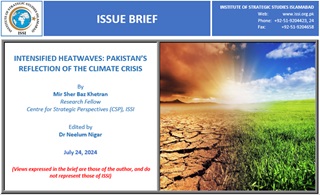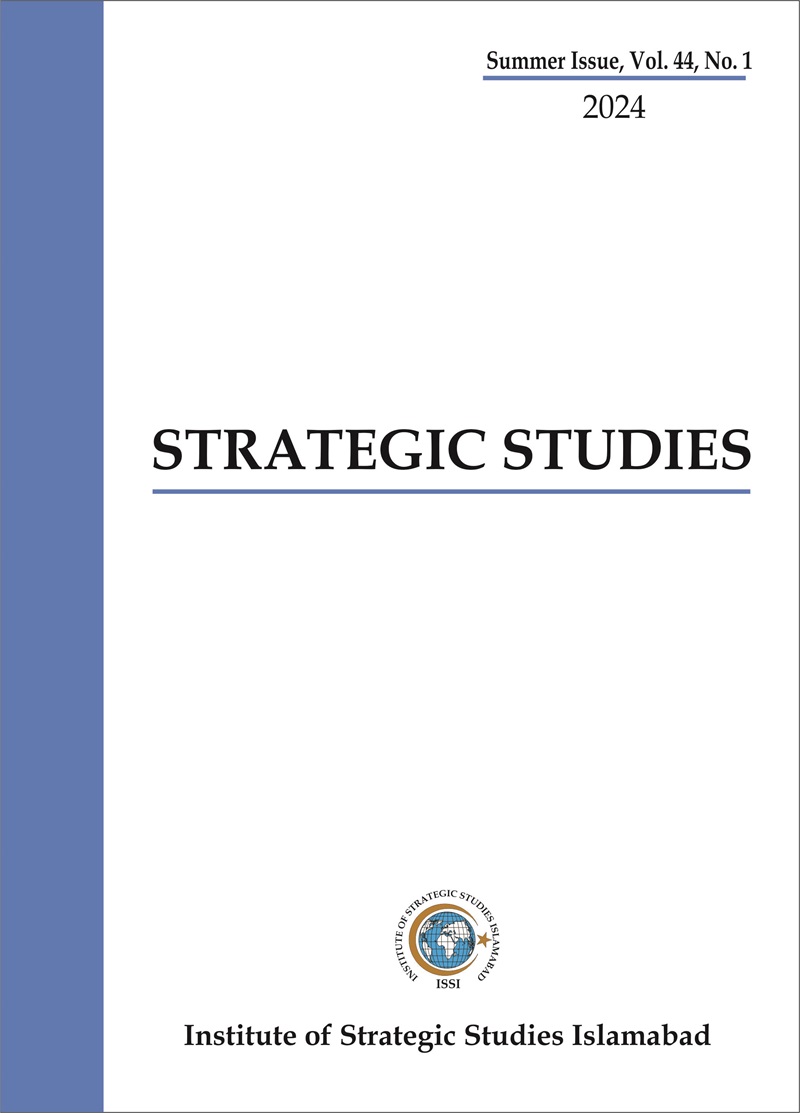From mid-May until the first week of July 2024, parts of South Asia witnessed the worst heatwaves, causing widespread health crises and fatalities in both Pakistan and India. The region, encompassing approximately one-fifth of the global population, is exceptionally susceptible to the adverse impacts of climate change, resulting in extreme weather phenomena. Both Pakistan and India have been identified as among the most significantly affected nations due to these recent heat waves. In Delhi, temperatures have soared to over 120 degrees Fahrenheit since mid-May, with local Indian media reporting nearly 4,000 cases of heatstroke in the past two months, including the death of a labourer attributed to the extreme heat. [1] Concurrently, Karachi, Pakistan’s largest city, has also experienced severe heatwaves, with over 500 fatalities in the southern Sindh province in the past two months, 141 of which were directly linked to temperatures reaching 49 °C (120 °F). The incidence of heat-related illnesses, such as gastroenteritis, vomiting, diarrhoea, high fever, and general weakness, escalated in mid-June and July.[2]
Home ISSI Publications Articles Issue Briefs Issue Brief on “Intensified Heatwaves: Pakistan’s Reflection of the Climate Crisis”















